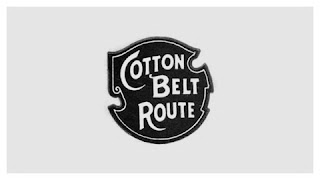 |
| Source: ASIDE |
"Bad design is just people not thinking," stressed Hockenberry's father, a transformative designer for IBM, Kodak, and Steelcase. "Every object should be about something, John. It should imagine a user. It should cast that user in a story starring the user and the object. Good design ... is about supplying intent."
With a one-word substitute, all of the same could be said for education. Bad education comes from "not thinking." It comes from just doing, with both teacher and student going through the motions. Each lesson should be "about something." It should envision the student and supply meaningful intent.
Hockenberry says that everyone should act by design, with deliberation in planning life's purpose. Acting with intent conveys authorship. It drives communication and establishes the progress of words and objects. Hockenberry points to Plato and other classical voices who wrestled with the question, "What would human beings do now that they were no longer simply trying to survive?" Human life needed a newer, deeper reason to exist. Today, in the rush of the congested modern age, a tougher question has emerged: "What shall we do now in the face of the chaos that we have created?"
 |
| Source: John Hockenberry |
The fundamentals of teaching with intent rely on two ingredients: purpose and care. These are the elements of edsign, the design of information for education. As we've noted before, "it is the shaping of concepts for the most successful delivery to learners. It requires careful planning about what elements to present, in what order, and in what lingo."
In hopscotching through our days, how often do we fall back on what is instinctive or easy? As another June arrives, do we look back on post-its of unfulfilled ideas and resources we never found time to share? Do we pull out last year's worksheets and default to what is repetitive? In the rush of meetings and evenings, do we occasionally bluff our way through half-realized lessons? What do we do when our assessments or projects have unintended outcomes?
These are the self-critiques of all well-intended teachers. In education, we put no stock in the cliche about the road to hell. Intent is a virtue. Design and desire, not perfection, are the drivers of good teaching. As Hockenberry concludes, "An object imbued with intent -- it has power, it's treasure, we're drawn to it. An object devoid of intent -- it's random, it's imitative, it repels us, it's like a piece of junk mail to be thrown away. This is what we must demand of our lives, of our objects, of our things, of our circumstances."
























